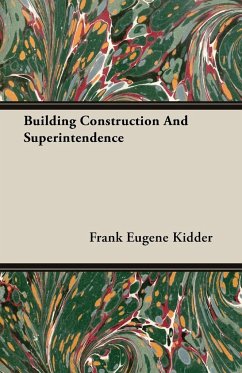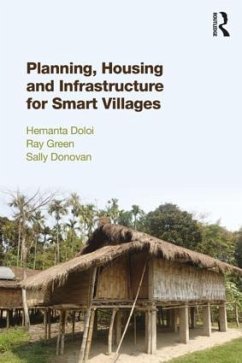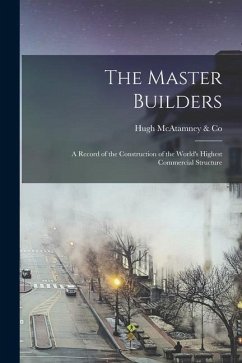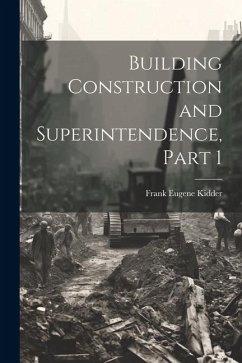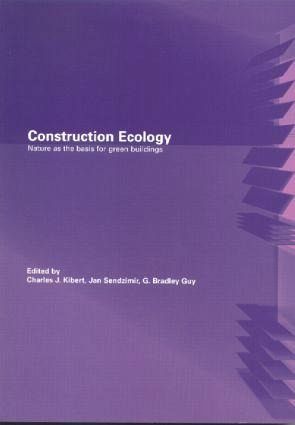
Construction Ecology
Nature as a Basis for Green Buildings
Herausgeber: Kibert, Charles J.; Guy, G. Bradley; Sendzimir, Jan

PAYBACK Punkte
88 °P sammeln!
Industrial ecology provides a sound means of systematising the various ideas which come under the banner of sustainable construction and provides a model for the design, operation and ultimate disposal of buildings.






